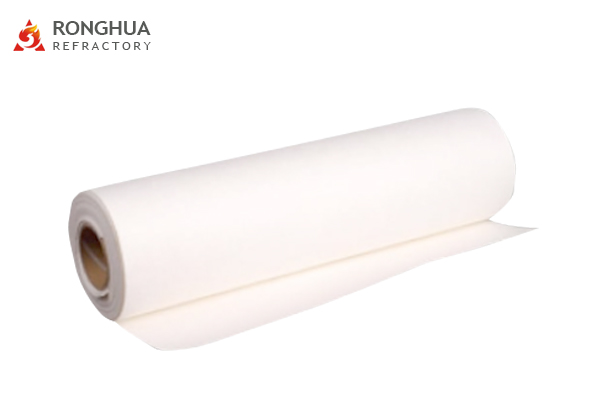
For manufacturers in glass, steel, ceramics, and other high-temperature industries, uncontrolled heat loss from furnaces isn’t just a technical nuisance—it’s a direct hit to profitability. According to industry benchmarks, inefficient insulation can cause energy waste of up to 25–35% in continuous kiln operations. That means wasted fuel, higher emissions, and inconsistent product quality.
At Zhengzhou Rongsheng Refractory Materials Co., Ltd., we’ve engineered a solution that doesn’t just meet standards—it exceeds them. Our ceramic fiber chopped cotton, designed for extreme conditions between 1580°C and 1770°C, delivers real-world performance backed by lab-tested data:
| Material Type | Avg. Thermal Conductivity (W/m·K) | Heat Capacity (kJ/kg·K) |
|---|---|---|
| Traditional Firebrick | 0.85 – 1.10 | 1.2 – 1.4 |
| Ceramic Fiber Chopped Cotton | 0.12 – 0.18 | 0.6 – 0.8 |
These numbers tell the story: our material reduces thermal conductivity by over 80% compared to traditional refractories—meaning less energy needed to maintain temperature, faster heating cycles, and fewer hot spots across your furnace lining.
What makes it work? It starts with raw materials: high-purity bauxite + calcined clay. This blend ensures structural stability at peak temperatures while minimizing thermal shock. No wonder more than 2,000 global customers—from European glassmakers to Middle Eastern metal foundries—have adopted this solution for their most demanding applications.

In a case study with a German glass manufacturer, switching to our ceramic fiber chopped cotton led to a 19% drop in natural gas consumption within six months. Their kiln temperature control became more stable, reducing scrap rates by 12%. Similarly, an Indian ceramic tile producer reported a 22% reduction in downtime due to uneven heating after installation.
It’s not just about saving money—it’s about building resilience. With CE certification and ISO9001 quality management compliance, every batch is traceable, consistent, and safe for industrial use. Choosing it means choosing excellence—and peace of mind.
If you’re tired of watching energy bills climb without seeing results, it’s time to rethink your furnace lining strategy. This isn’t just another refractory product—it’s a smart investment in long-term efficiency, lower emissions, and smoother production runs.
Ready to cut your energy costs and boost furnace reliability?
Get Your Free Sample & Technical Brochure Today
